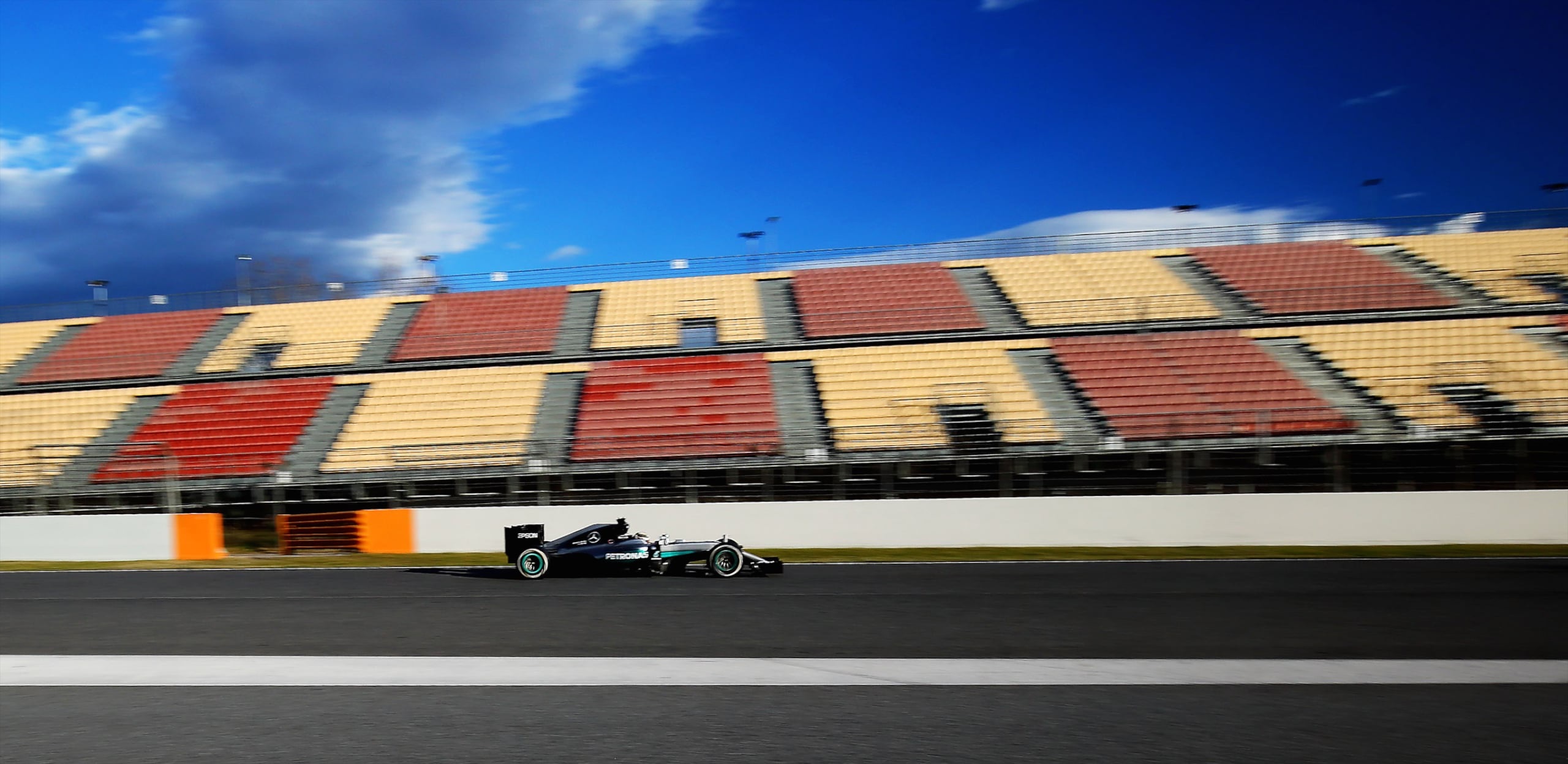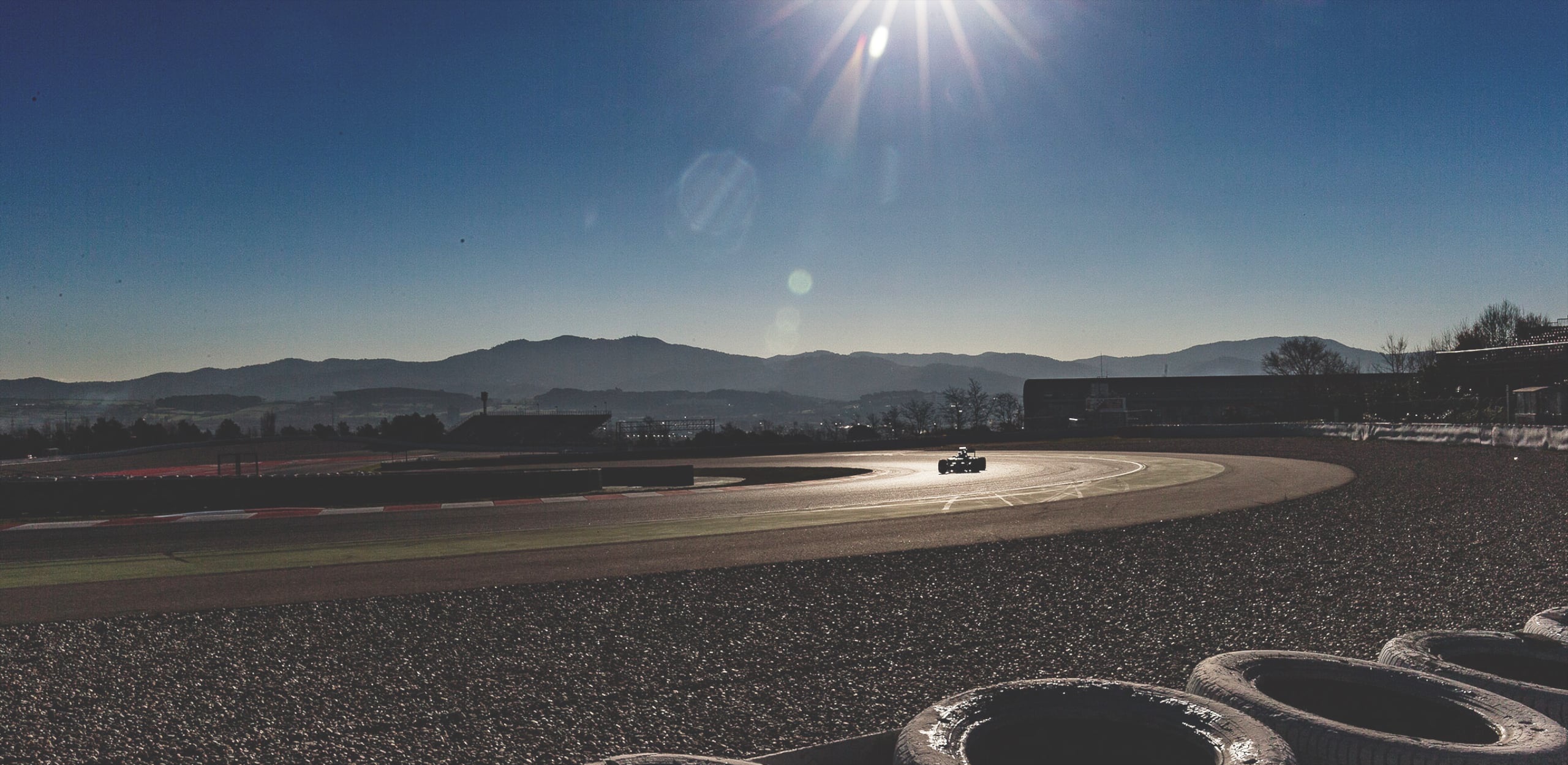
Decades ago, the Beatles pleaded for eight days a week to express their true intentions. Unfortunately for the 2016 F1 preseason testing schedule, the FIA wasn’t buying it, giving the 11 teams just eight days of practice for the entire year…just 72-hours to prepare for twenty-one Grands Prix – the longest season in the sport’s history, including the revival of the European Grand Prix to be held in Baku, Azerbaijan.
Help!
Not to mention, there have been numerous team changes (expected and surprising) in the brief space between 2015 season-ending Abu Dhabi and the first turn of a wheel at the two four-days tests just completed in Barcelona.
“Just 72-hours to prepare for twenty-one Grands Prix – the longest season in the sport’s history, including the revival of the European Grand Prix to be held in Baku, Azerbaijan.”
In quick summary, Lotus was finally re-purchased by Renault, becoming a full-factory team again. Renault then quickly showed Venezuelan F1 veteran Pastor Maldonado the door as his sponsor, oil producer PDVSA, failed to deliver his sponsorship funds; ex-McLaren works reserve Kevin Magnussen was brought in as his replacement to pair with 2014 GP2 champion, Jolyon Palmer.
Marussia became the Manor team, received a boost with a Mercedes power unit, and replaced Will Stevens and Roberto Merhi with Mercedes 2015 DTM champion Pascal Werlein and GP2 series regular Rio Haryanto. Newly launched US team Haas F1 acquired Ferrari works engines, Romain Grosjean, who left Lotus, and Ferrari reserve driver Esteban Gutierrez.
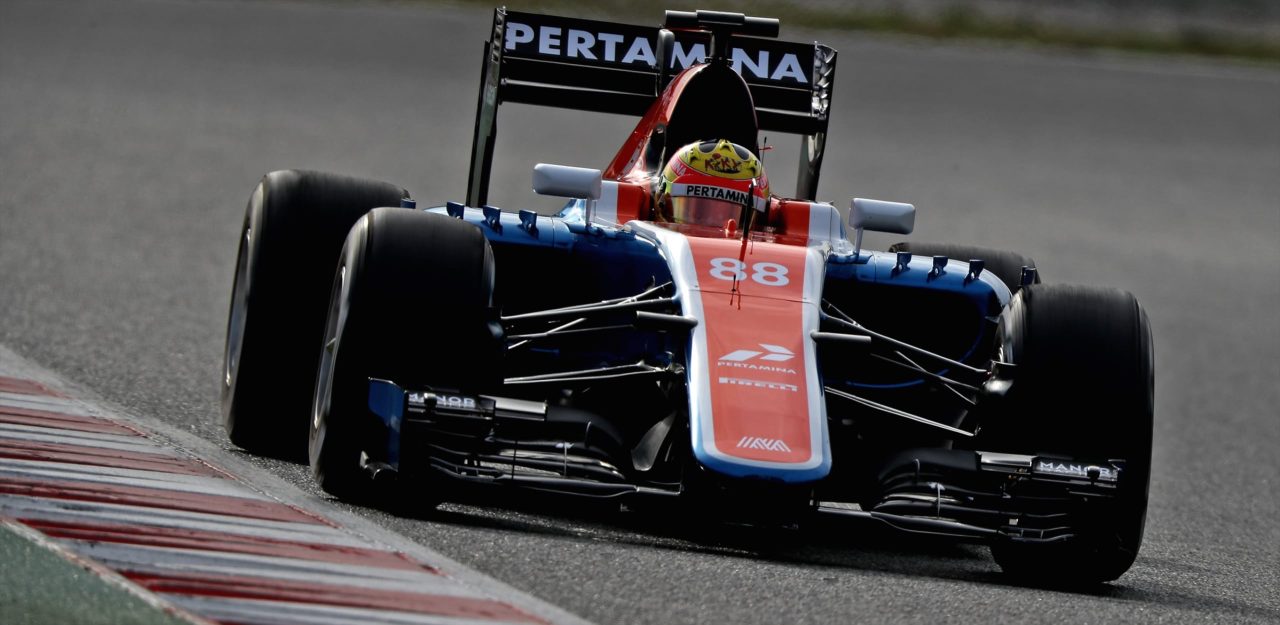
Toro Rosso returned to using Ferrari power, albeit the Scuderia’s 2015 power unit. Then, parent team Red Bull, after nearly failing to find any power unit for 2016, formally ended their nine-year partnership with engine supplier Renault, but will continue to use Renault engines, re-badged as TAG Heuer; the watchmaker had left McLaren after more than 30 years of iconic sponsor partnership and partial financial ownership to join Red Bull; McLaren immediately acquired sponsorship from noted exotic timepiece maker Richard Mille.
All in the typical F1 off-season soap opera.
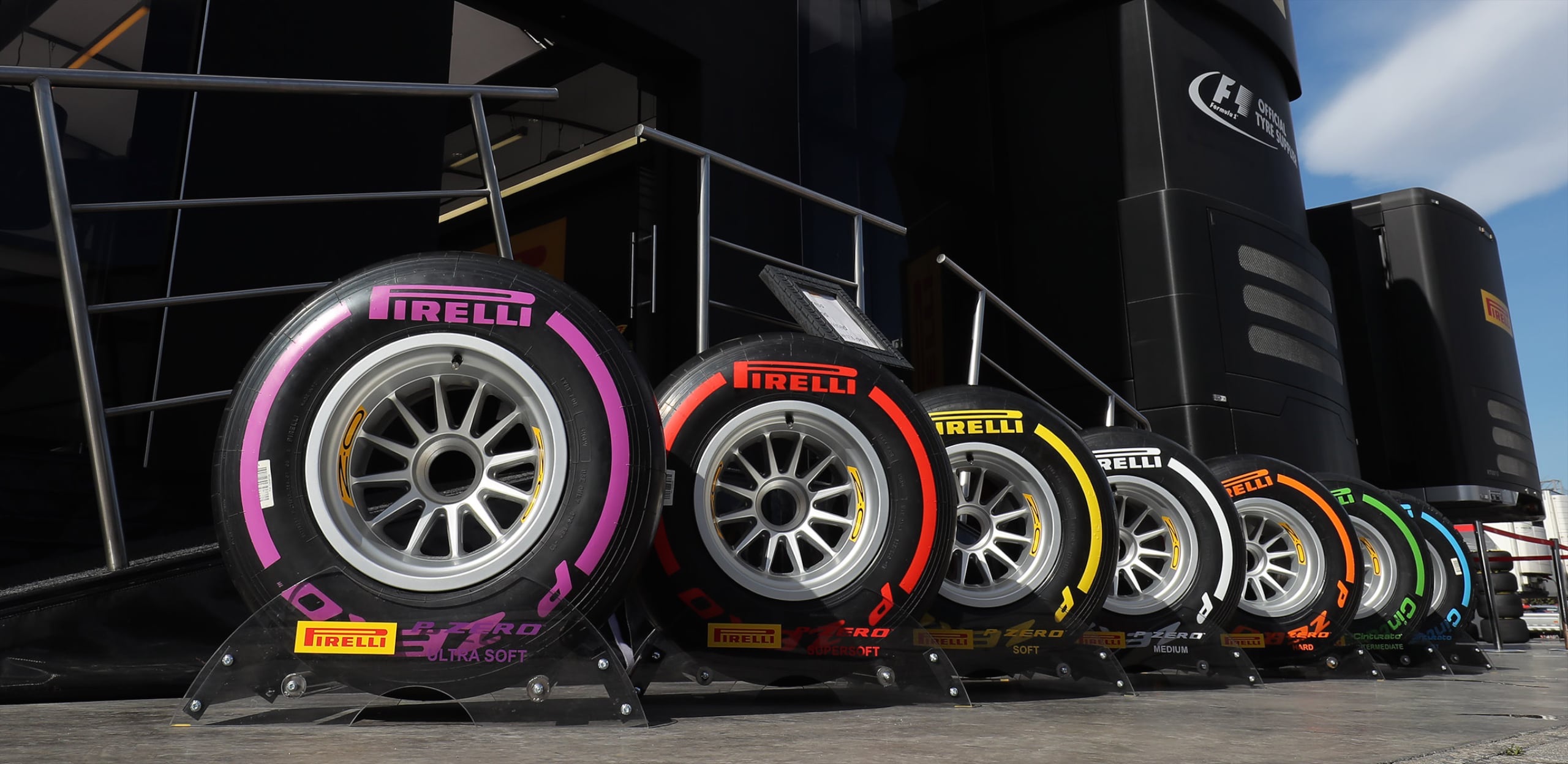
Just as in years past, Formula 1 preseason testing at Barcelona followed a set procedure. With the new cars not able to turn a wheel except virtually, via computer and simulator, teams initially has to check if the upgraded performance characteristics predicted by their computer programs correlated to actual on-track telemetry. If these matched, then they were ready to develop a trusted tuning map, matching chassis settings to tire type and measuring results. Finally, the cars were run for as many miles as possible to discover their weaknesses and when problems occurred.
Teams liken it to building a pyramid; you must have a dependable base before you’re able to place the point on top. The more trouble free mileage a team can accumulate, then the stronger the knowledge base, and the more dependable the car. Once they arrive at a point of consistent durability and repeatable base adjustments, they can optimise the package.
“Teams liken it to building a pyramid; you must have a dependable base before you’re able to place the point on top. The more trouble free mileage a team can accumulate, then the stronger the knowledge base, and the more dependable the car.”
Thus, the first week in Barcelona was checking and re-checking computer- generated versus track-generated data. And, as the saying goes, testing is just testing; with each team measuring different data points, at different fuel levels and engine maps, while on different tire compounds at different times of the day, accurate comparisons were futile.
Yet, there were a few hard to miss highlights.
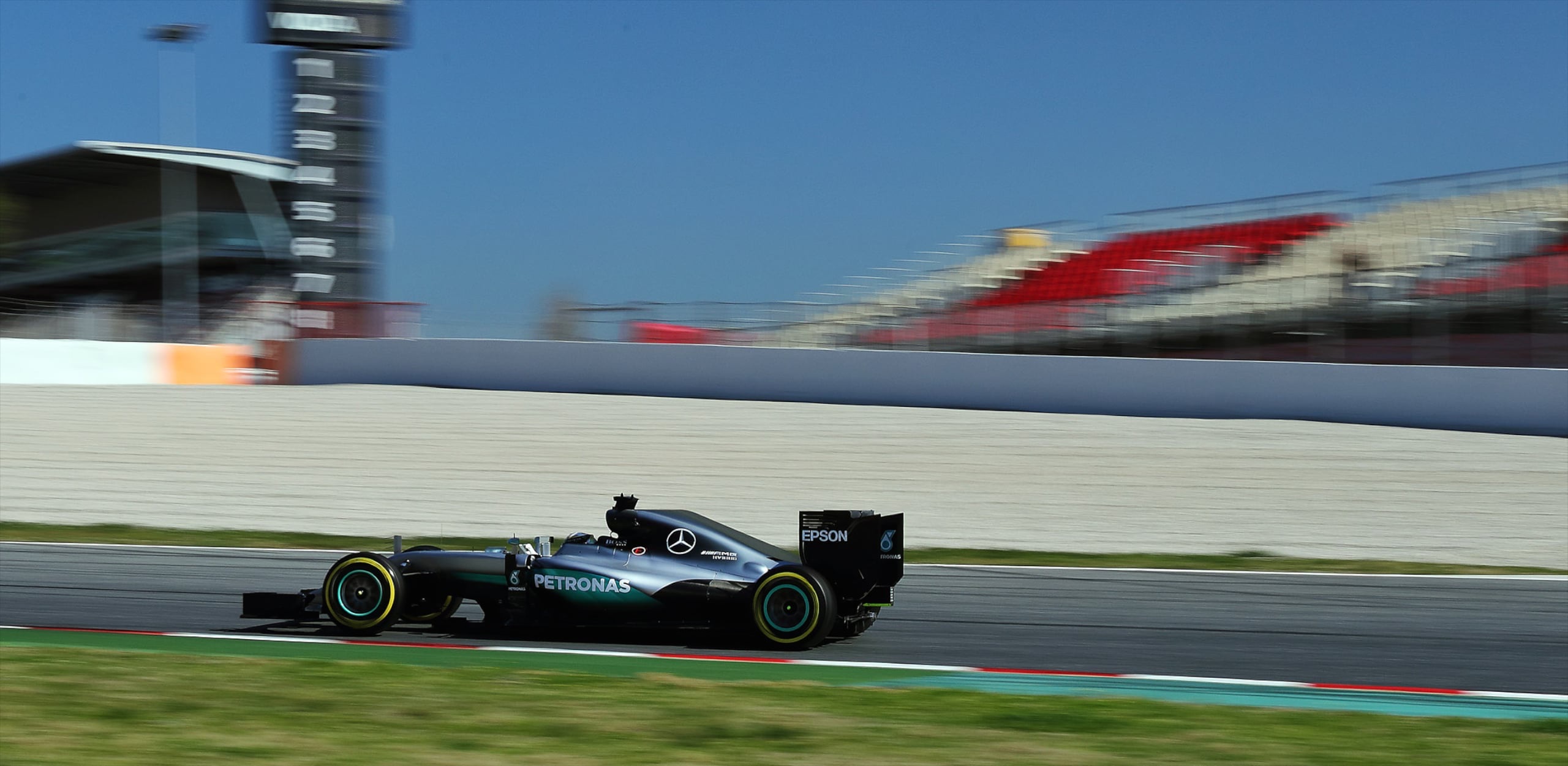
As expected, twice-World Champion Mercedes came out of the blocks strongly, and while they focused almost exclusively on longer race simulation runs in testing, they produced eye-popping testing mileage free of any malfunctions. Lewis Hamilton, looking to become the first British driver to win four championships, completed an impressive 156 laps – 450 miles the first day; it was the equivalent of nearly two-and-a-half race distances. The Mercedes seemed formidable while also trying not to reveal its ultimate potential.
Scuderia Ferrari chose a different path. With Pirelli introducing a wide selection of soft tire compounds for the 2016 season, the team immediately set about discovering the tire’s parameters, and how the new SF16H responded to the inputs of Sebastien Vettel and Kimi Raikkonen. With Ferrari switching to a traditional push-rod suspension this season, paddock attention was on how Raikkonen, who complained about the pull-rod affected front grip of the prior two season’s cars, would react to the change. With the usually stoic Raikkonen quickly getting down to ultra-competitive lap times, his huge smile behind his visor was difficult to miss.
Further, all the cars are clearly faster than last season, both in qualifying runs and long stints. In the first week, nearly every team seemed to have solved most of the fragility problems with their power units and related systems. Finally, the wide selection of new soft compounds offered the mid-grid teams (Force India, Lotus, Toro Rosso and perhaps McLaren) with intriguing opportunities to catch Williams and Red Bull depending on qualifying form (more on that later).
“All the cars are clearly faster than last season, both in qualifying runs and long stints. In the first week, nearly every team seemed to have solved most of the fragility problems with their power units and related systems. “
The vibe of the second week’s test was markedly different; with only 36 hours of testing remaining before the cars had to be prepped and crated for shipping to Melbourne for the first Grand Prix, in just two weeks later. It was time for the teams to put any sandbagging aside; now be the tough business of finding their setups for qualifying and race pace.
As a result, there were a few strong hints as to what we can expect to see in Melbourne.
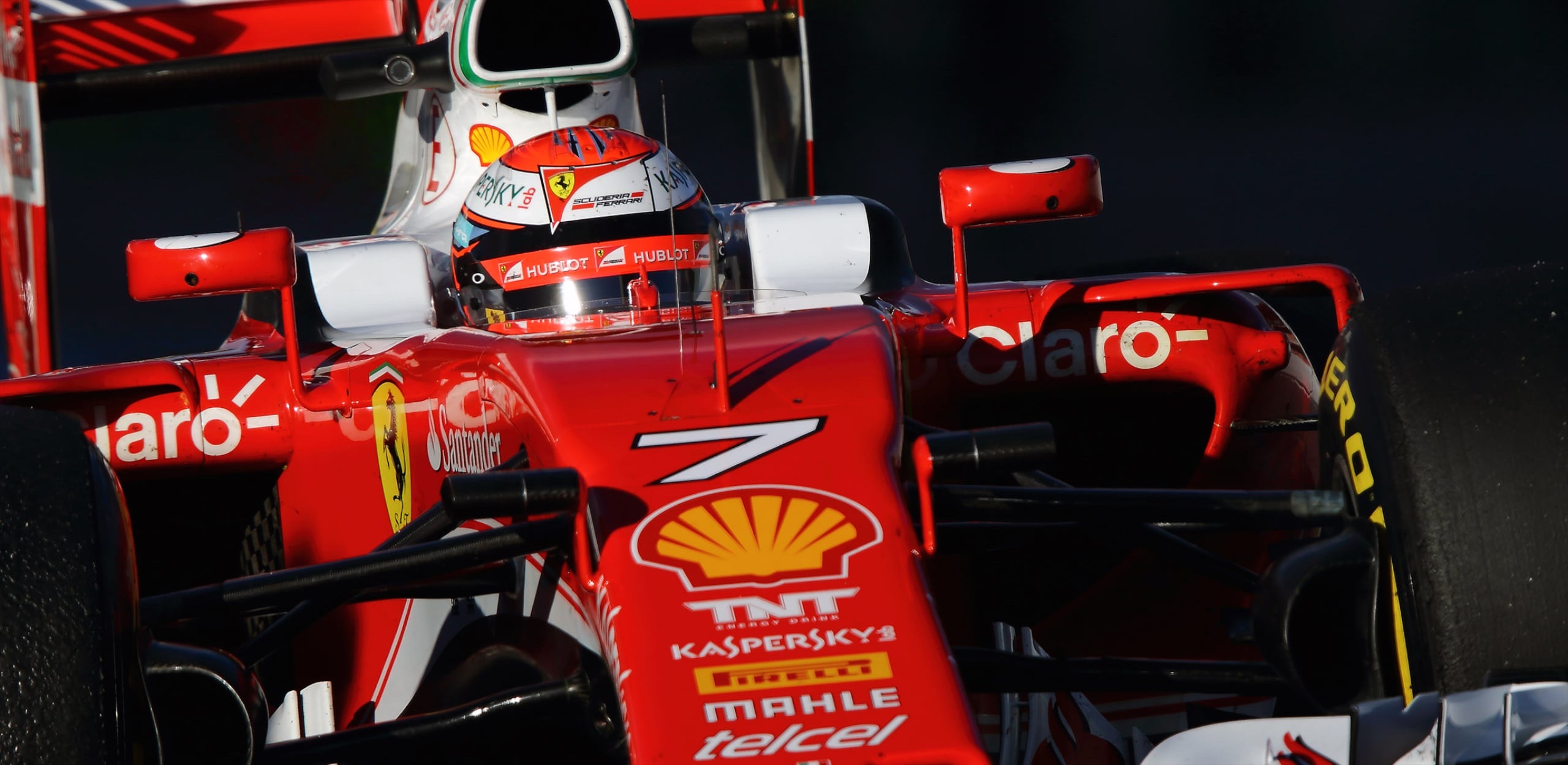
The Mercedes / Ferrari battle will be closer than ever. While each teams’ cars might be faster on one or another tire compounds, a comparison of their average race pace has closed to just over two/tenths. A pitstop delay here; a bobble in traffic there and they are side by side. More importantly for Ferrari, Raikkonen has regained his form with the revised Ferrari front suspension; indeed, he set the outright fastest lap of the entire test session, besting Vettel on the Ultrasoft tire and setting the fourth overall best on Pirelli’s Soft tire. He will significantly add to the Constructor’s Championship points total, and either vie for a win or protect Sebastian Vettel’s backside through the season.
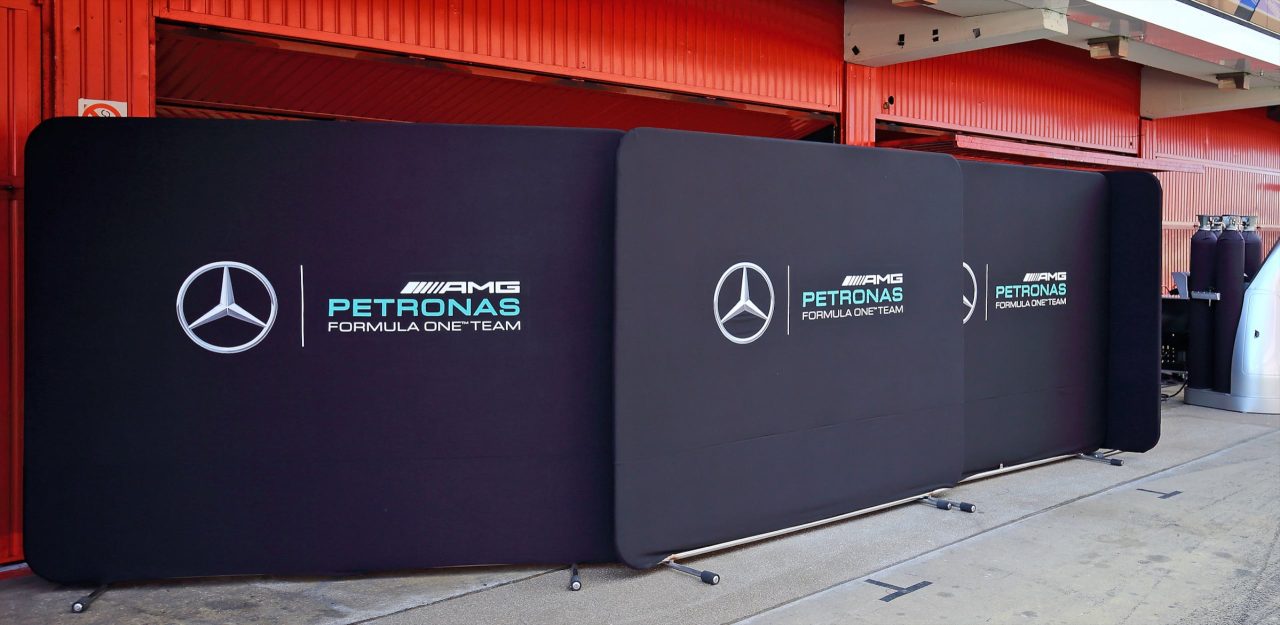
Mercedes counter by explaining they were just testing, and not pushing for ultimate lap times; they’ll be attacking once they arrive in Melbourne. Mercedes not only have some clever engineers, they also possess some brilliant minds for strategy. They worked hard in Barcelona to not allow Ferrari a reference point to compare performance, running long race simulations instead of hot qualifying laps. Add to this the Silver Arrows’ 3,843 total miles of testing in the eight days and the squad is looking bulletproof if not ultimately quickest.
“Mercedes not only have some clever engineers, they also possess some brilliant minds for strategy. They worked hard in Barcelona to not allow Ferrari a reference point to compare performance, running long race simulations instead of hot qualifying laps.”
Ferrari was quick from the first turn of a wheel, and put in the fastest times of the test, yet chose to be more selective about their runs and the performance hints they might reveal. With mileage a comparatively short 2,475 miles, Ferrari has more room for improvement, but also less evidence of ultimate durability.
We’ll know who had the better poker face come March 20.
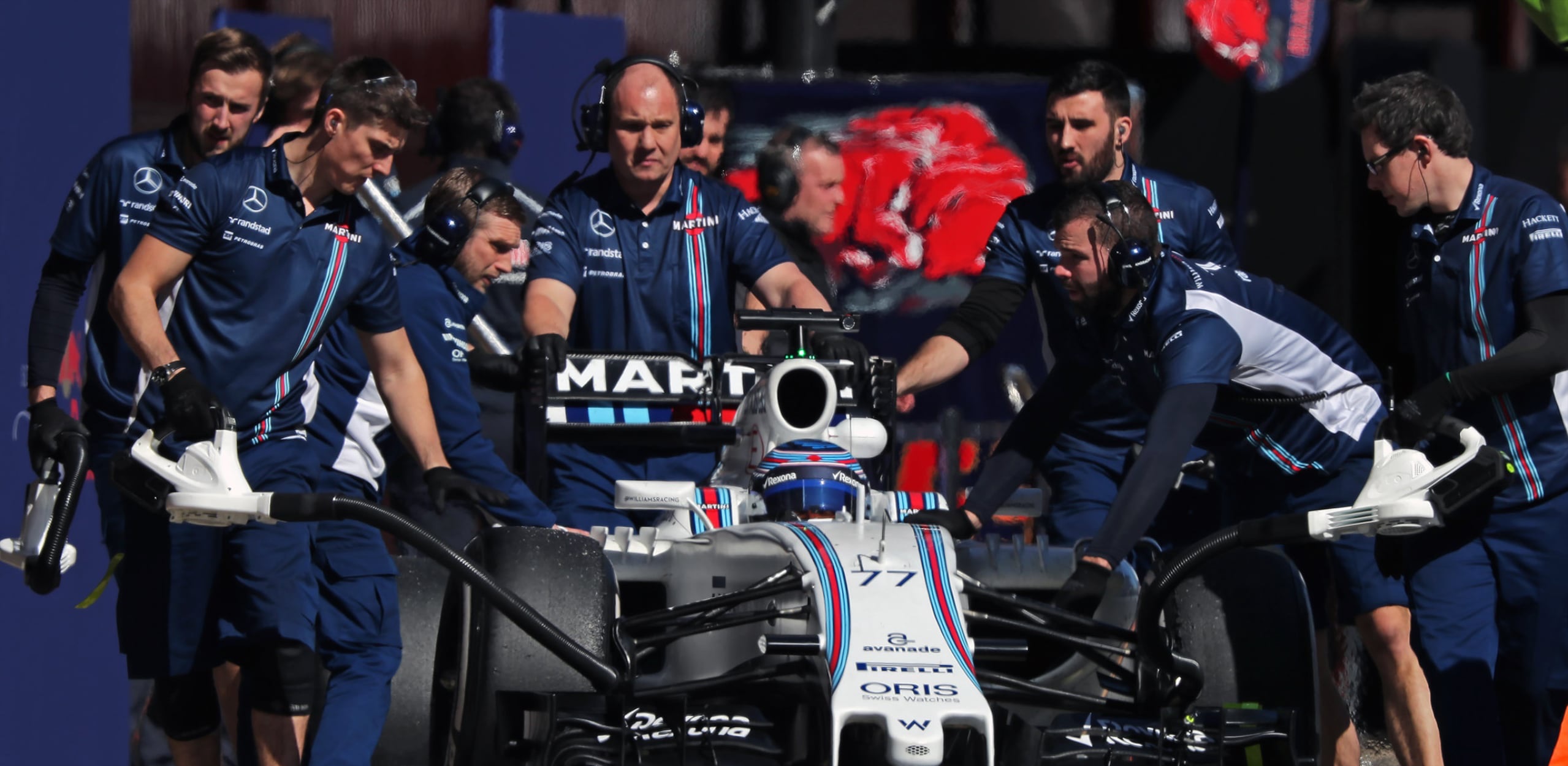
Williams was happy to stay quiet, running just the medium compound the first week, and waiting until Thursday to send Felipe Massa out on the softs to produce a lap of 1:23.193 – just a tenth off the best of Ferrari and Mercedes. They were a half-second slower on the medium tire, the compound sure to be used for more laps overall during the season. They match up very well with the ascendant Force India team, particularly in the hands of Sergio Perez. Either team seems to be a threat capture some podiums in 2016.
With its still formidable year-old Ferrari power unit, Scuderia Toro Rosso’s STR11 will have a straight line speed and durability advantage over stablemate Red Bull in the early races, but as the season progresses, and Red Bull’s rebadged TAG-Heuer / Renault unit is developed further, the junior Toro Rosso team might suffer in comparison. That leaves 19-year-old Max Verstappen and Carlos Sainz to once again dominate the highlight videos as they rely on their overtaking brilliance in the corners. We can’t wait.
“McLaren, with its late-to-the-party Honda power unit finally running full race distances at speed, has served its year in purgatory and seems ready to move forward.”
McLaren, with its late-to-the-party Honda power unit finally running full race distances at speed, has served its year in purgatory and seems ready to move forward. It’s testing times (two seconds off Mercedes and Ferrari) put the team squarely into mid-field. Jenson Button stated that Honda’s developments have brought the biggest improvements he has felt with the power unit over the last 14 months. While the cars speed in corners is impressive, its speed on the straights was still weak. Fortunately, the Barcelona unit was just a 2015+ testing unit; Honda plans to deliver its new 2016 Power Unit for Australia. With much more development planned for its already strong chassis and suspension, beginning with Albert Park, McLaren will steadily improve throughout the season.
That leaves Renault, Sauber Haas and Manor.
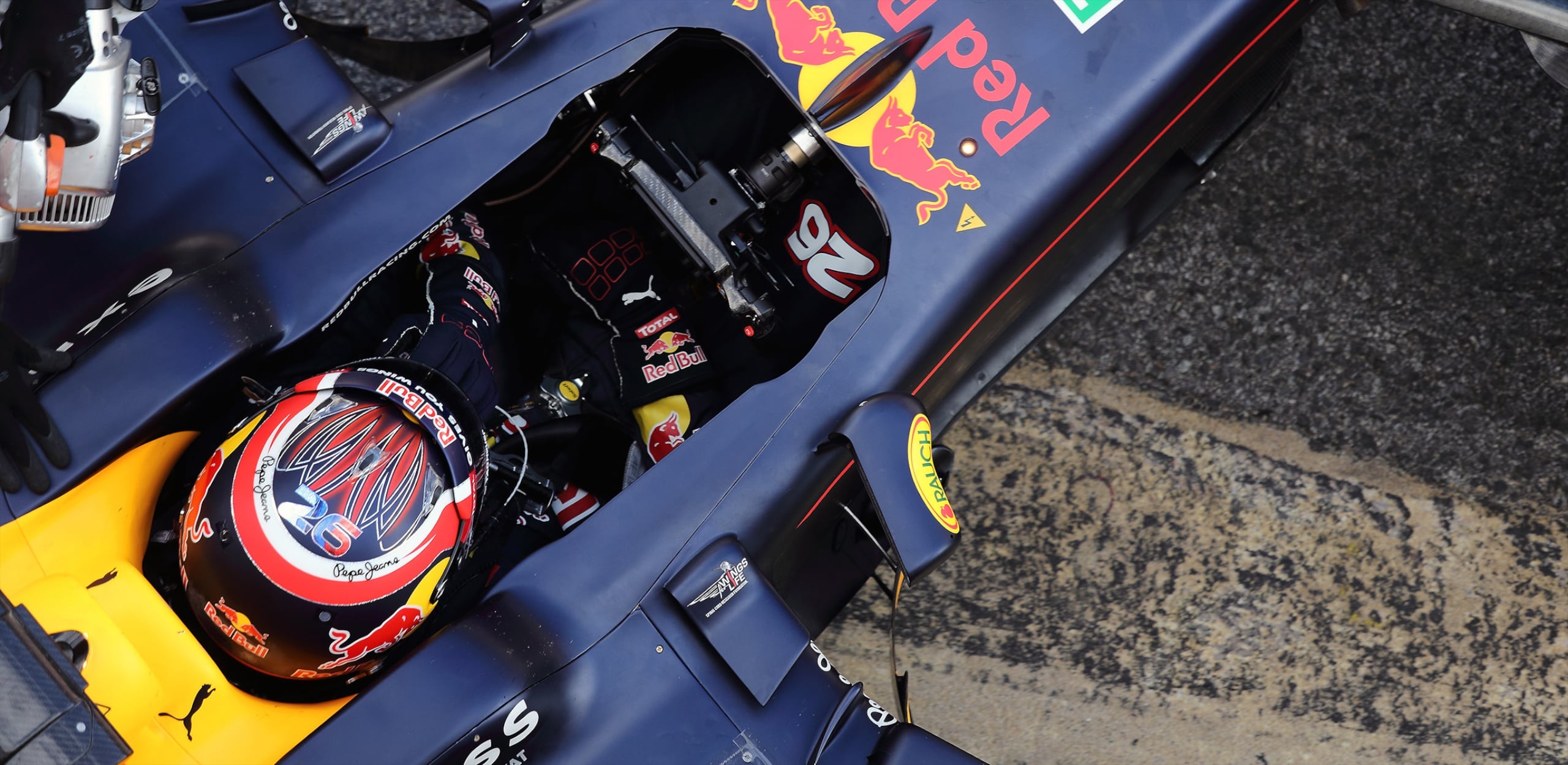
Renault admits it’s on a three-year-long development schedule as it methodically revives the remains of the Lotus team toward lead pack status. Now that they are their Renault power units’ default team, they are primarily focused on increasing the engine’s power (said to be down between 60-90 hp on the field) New recruit Magnussen showed no ill effects of serving his own time in purgatory as McLaren reserve driver with his strong single lap times.
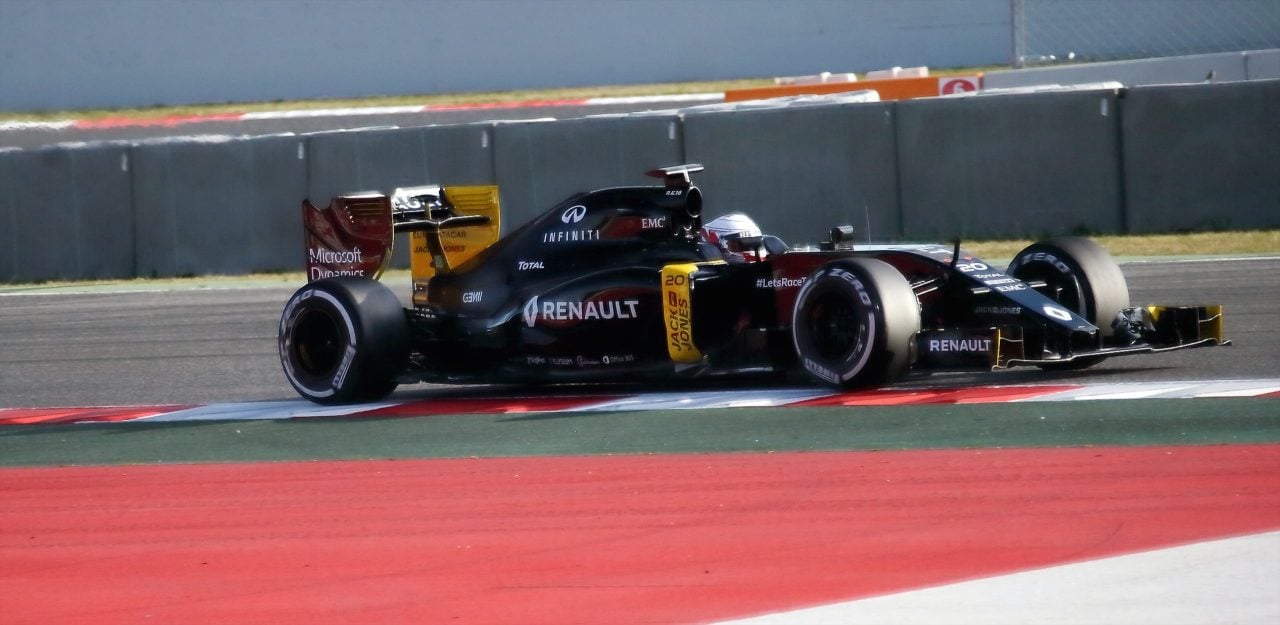
The US entrant Haas team took an extra year to make its entrance into F1 and seems to have spent its time very wisely. Given Ferrari engines, as well as purchasing a full list of allowed suspension, gearbox and electrical from the Scuderia, and applying them to a bespoke Dallara chassis, the team’s new recruits, Romain Grosjean and Esteban Gutierrez were immediately able to record solid mid-field times the first week. Although the expected reliability gremlins arrived for two full days the second week, The Haas team was able to rally the final two days.
Sauber admitted to funding complications and delayed the introduction of its 2016-spec C35 until last. Pundits began repeating the mantra that the team had now fallen to last on the grid only to retract their words when Felipe Nasr put down a strong 1:24.760 on his final Thursday qualifying simulation. Still, Sauber while long on tenacity is dreadfully short of funds. Only minor improvements are expected before the beginning of the European leg of the championship, so Sauber will have its hands full with Haas and Manor.
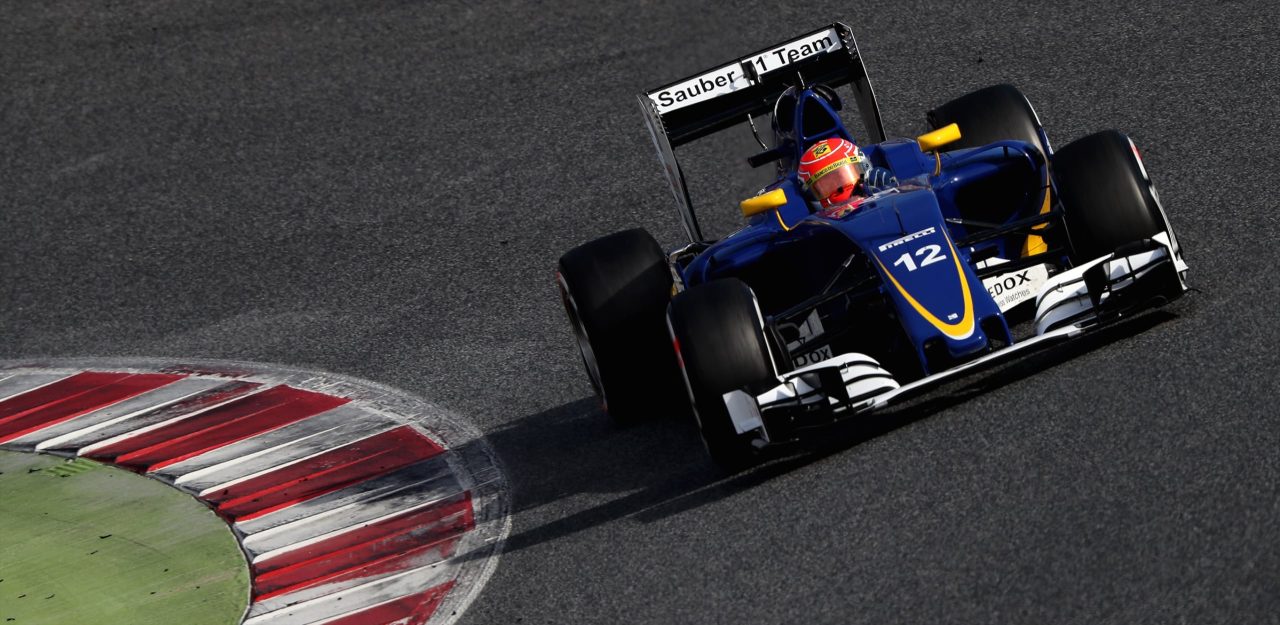
As for the rest, expect Mercedes and Ferrari to contest the wins for the first few races. However, I have a feeling that Toro Rosso might be the surprise of the season. Adaptation to the Ferrari power unit was painless and they had the second highest mileage, at 3,155 miles that suggests a long term threat for the podium. Given the nature of the Albert Park circuit, if their strategy is right, expect them to spoil the party, with Williams and Red Bull not far behind.
“Expect Mercedes and Ferrari to contest the wins for the first few races. However, I have a feeling that Toro Rosso might be the surprise of the season. Adaption to the Ferrari power unit was painless and they had the second highest mileage, at 3,155 miles that suggests a long term threat for the podium.”
With a Mercedes power unit and significantly improved team engineering and management, Manor is in a much better place this season. With the help of Mercedes reliability, and DTM champion Pascal Wehrlein’s rapid learning curve, they are in a position to capture a few points this season.
When these teams arrive in Melbourne, they will be facing a change in qualifying procedures, that wasn’t even on their radar when their chassis design engineers sat down to formalise their final 2016 specifications.
The FIA decreed that going forward, qualifying will be altered from its current iteration to become a drop-out elimination, and it caught quite a number of drivers by surprise.
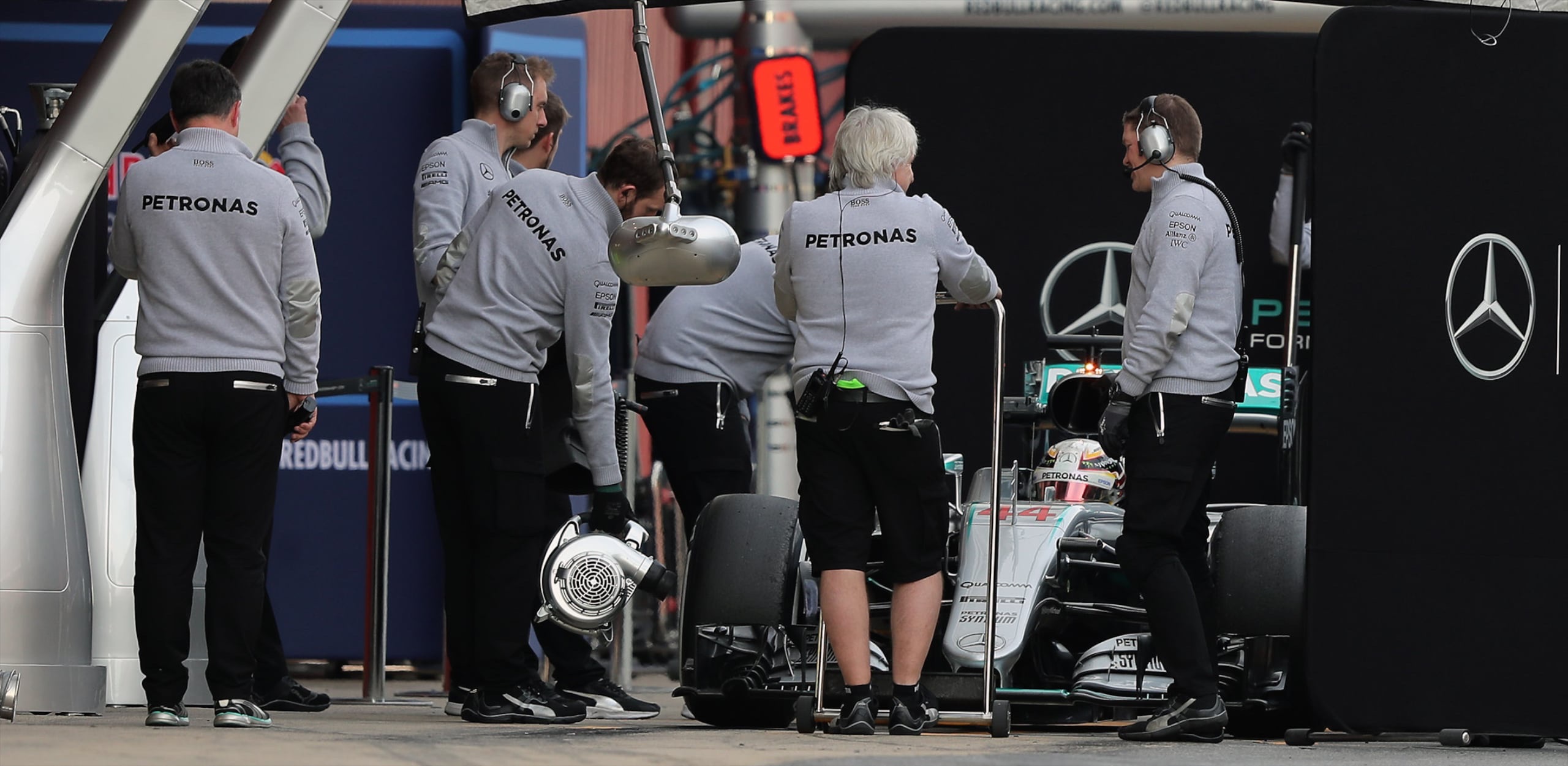
Starting in Melbourne, Q1 will last 16 minutes. After 7 minutes, the slowest driver will be eliminated; then every 1 minute 30 seconds thereafter then next slowest driver will be eliminated until the chequered flag. With 7 drivers in total eliminated, 15 will progress to Q2.
Q2 will last 15 minutes. After 6 minutes, the slowest driver will again be eliminated;
the next slowest driver will be eliminated every 1 minute 30 seconds thereafter until the chequered flag. Another 7 drivers will be eliminated by this stage, with 8 progressing to Q3.
Finally, Q3 will last 14 minutes. After 5 minutes, the slowest driver will be eliminated, and the next slowest driver eliminated every 1 minute 30 seconds thereafter until the chequered flag.
Two drivers will then be left to fight for the pole in the remaining final 1 minute 30 seconds. The final elimination in each session occurs at the chequered flag – not when time is up.
The qualifying strategy will now be put on steroids, as drivers will need to fight every lap. Suddenly, slowing to create a gap to the slower driver ahead puts a driver at risk of being eliminated, that is for all except the fastest teams. The usual top two teams, Ferrari and Mercedes, will attack the course to put in a quick time and then sit and prepare for Q2, or not…
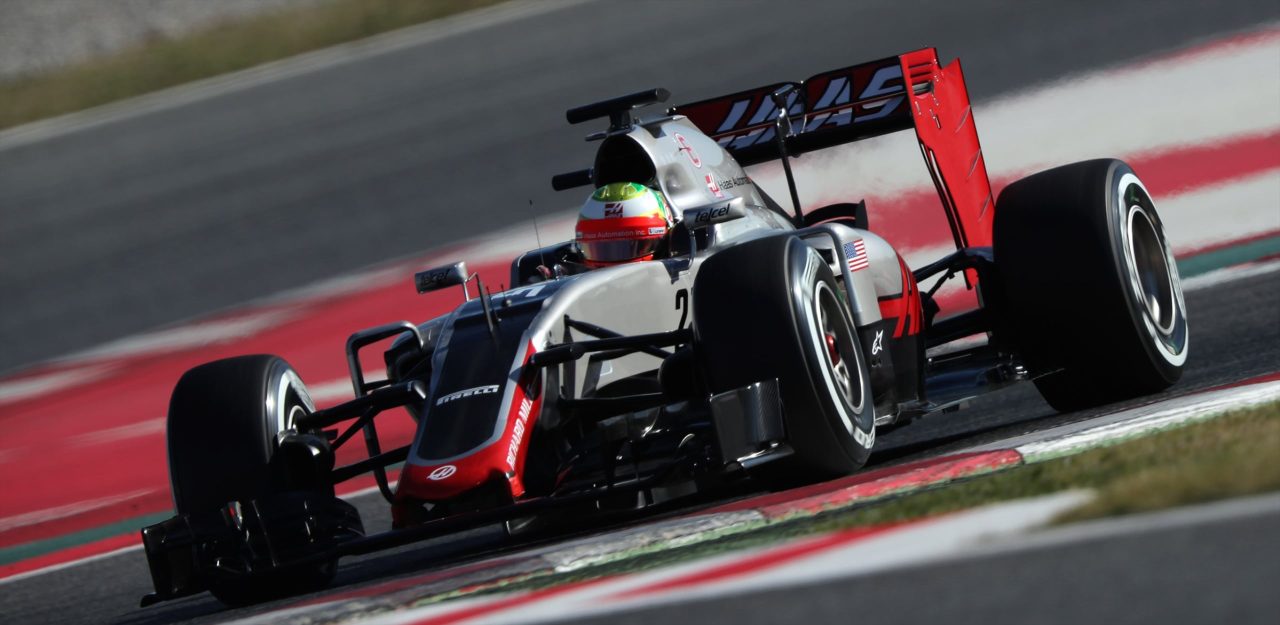
“Qualifying strategy will now been put on steroids, as drivers will need to fight every lap. Suddenly, slowing to create a gap to the slower driver ahead puts a driver at risk of being eliminated, that is for all except the fastest teams. “
You can be sure that each team’s qualifying and race strategy boffins will be burning the midnight oil as they try to plan for the massive number of variables now at play. Further, since the cars that survive to Q3 must start the race on that same tire, the advantages of being usually quick, but among the slower cars of Q2 on fresh tires at the start is thrown into the strategy mix.
So a qualifying format that wasn’t a source of complaints, and, in fact, proved at times to offer stirring duels is over; changed to promote early pitstops, early pushes to overtake, mixed up and tighter grids. Add the natural unpredictability of Formula 1 Grands Prix, and the 2016 season might be more interesting than the past two seasons, if that is, the bewildered Formula 1 audience is able to understand it.
